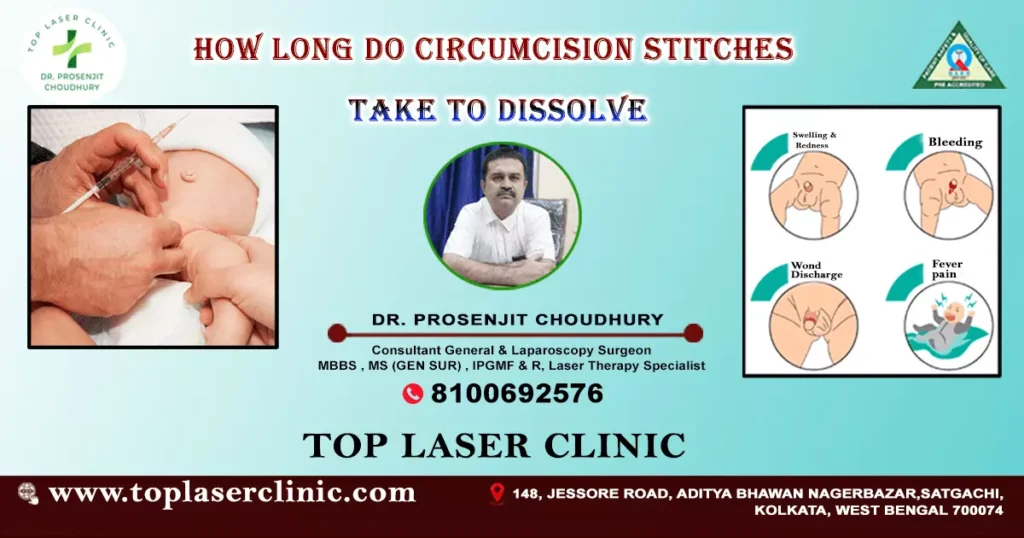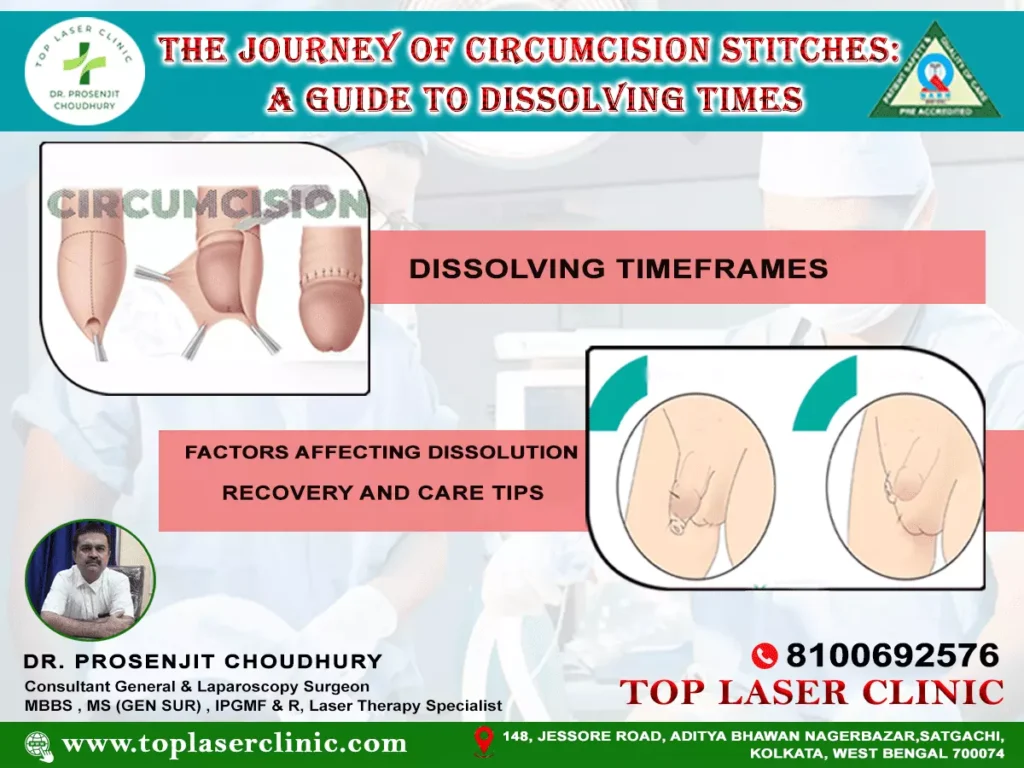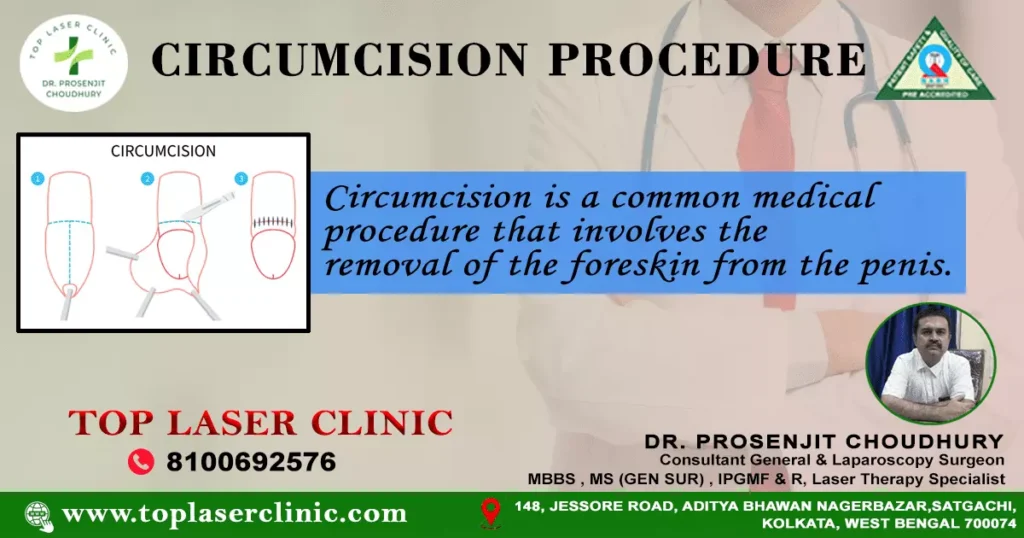
Table of Contents
A common surgical procedure called circumcision involves removing the foreskin from the penis. After the procedure, dissolvable stitches are often used to help facilitate the healing process. If you or a loved one has recently undergone circumcision, you might be wondering: How long do circumcision stitches take to dissolve? In this informative blog post, we’ll delve into the details of circumcision stitches, their dissolving times, and what you can expect during the recovery period.
Circumcision stitches, also known as sutures, are medical threads used to close the incision site after the circumcision procedure. These stitches are designed to hold the edges of the wound together, allowing the body’s natural healing processes to take place. Unlike traditional stitches that require removal, dissolvable stitches are made from materials that break down over time, eliminating the need for a follow-up visit to the doctor for suture removal.
Dissolving Timeframes:
The dissolving time frames for circumcision stitches can vary based on several factors, including the type of material used for the stitches and individual differences in healing rates. On average, dissolvable stitches used in circumcision typically start to dissolve within 7 to 10 days after the procedure. However, complete dissolution may take up to 2 to 4 weeks.
Factors Affecting Dissolution of circumcision stitches:
1. Suture Material:

The type of material used for the dissolvable stitches plays a significant role in their dissolution timeframe. Common materials include polyglycolic acid (PGA) and polylactic acid (PLA). PGA stitches tend to dissolve faster, while PLA stitches take a bit longer.
2. Individual Healing Rate:
Each person’s body heals at its own pace. Factors such as age, overall health, and immune system function can influence how quickly the stitches dissolve.
3. Post-Operative Care:
Proper wound care can impact the healing process. Following your doctor’s instructions for cleaning the area, applying any prescribed ointments, and avoiding certain activities can contribute to faster healing and dissolution of stitches.
Recovery and Care Tips:
1. Maintain Hygiene:
Keep the circumcision area clean and dry to prevent infection. Gently cleanse the area as per your doctor’s recommendations.
2. Avoid Strenuous Activities:
Engaging in vigorous physical activities, such as intense exercise or heavy lifting, during the initial healing period can put strain on the stitches and slow down the dissolving process.
3. Wear Loose Clothing:
Opt for loose-fitting underwear and clothing to prevent friction and irritation around the stitched area.
4. Stay Hydrated and Eat Well:
A healthy diet and proper hydration can aid in the body’s natural healing processes.

Circumcision stitches are an essential part of the healing journey following the circumcision procedure. Understanding the dissolving timeframes and factors influencing their dissolution can help you better navigate the recovery period. Remember, every individual’s healing process is unique, so be sure to follow your healthcare provider’s guidance for proper care and monitor the healing progress. In time, the circumcision stitches will naturally dissolve, allowing you to fully embrace your renewed state of well-being.
What is special about circumcision?
Circumcised men might have a lower risk of certain sexually transmitted infections, including HIV. Still, safe sexual practices remain essential. Prevention of penile problems. Occasionally, the foreskin on an uncircumcised penis can be difficult or impossible to retract (phimosis).
What food is not allowed after circumcision?
The deep-fried and grilled junk foods can lead to constipation and hinder your recovery after circumcision.
Is circumcision painful?
Pain is mild after circumcision in adults under general anesthesia with an intraoperative penile block. Severe pain is rare and mostly related to complications.